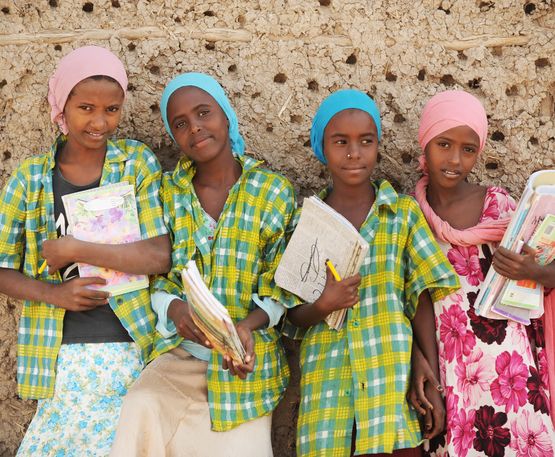Social protection systems must be fiscally sustainable to provide all residents with adequate social protection in all situations over the life cycle that pose risks to livelihood security.
In order to guarantee universal social protection in both good and difficult times, governments need reliable national resources. It is necessary to strengthen national tax systems, reallocate budget expenditures towards the social sector and in many cases also raise taxes or other fiscal revenues. It is an always contested and extremely challenging terrain of advocacy. Yet, the selection and design of financing mechanisms is extremely important as it not only determines the long term sustainability of social protection systems, it also impacts poverty and inequality directly.
Even if at first sight Social Protection seems to be a purely domestic public task, there is also an international responsibility, as backed by the extraterritorial state obligations agreed upon in the International Covenant on Economic, Social and Cultural Rights (ICESCR, Art. 2.1).
In our globalized economy individual countries cannot control on their own the taxes that escape their fiscal systems. Internationally coordinated efforts are indispensable to effectively reduce tax evasion. There is also a human rights obligation to protect social protection spending at all times, especially in times of economic distress. Austerity measures need to defer to the primacy of wellbeing and should never cut into social protection floors.
Additionally, it is necessary to increase official development assistance for social protection. A reliable international funding mechanism for social protection needs to be put in place, especially for social protection floors in the poorest countries. Otherwise it will be impossible to guarantee that nobody is left behind.
The recent discussion paper: “Sustainably Financing Social Protection Floors. Toward a Permanent Role in National Development Planning and Taxation” (Barry Herman, Berlin 2018) is offered by Brot für die Welt and the Global Coalition for Social Protection Floors to the interested community. It reviews the main sources and techniques, domestic and international, for mobilizing the necessary public resources to cover the cost of social protection floors.





